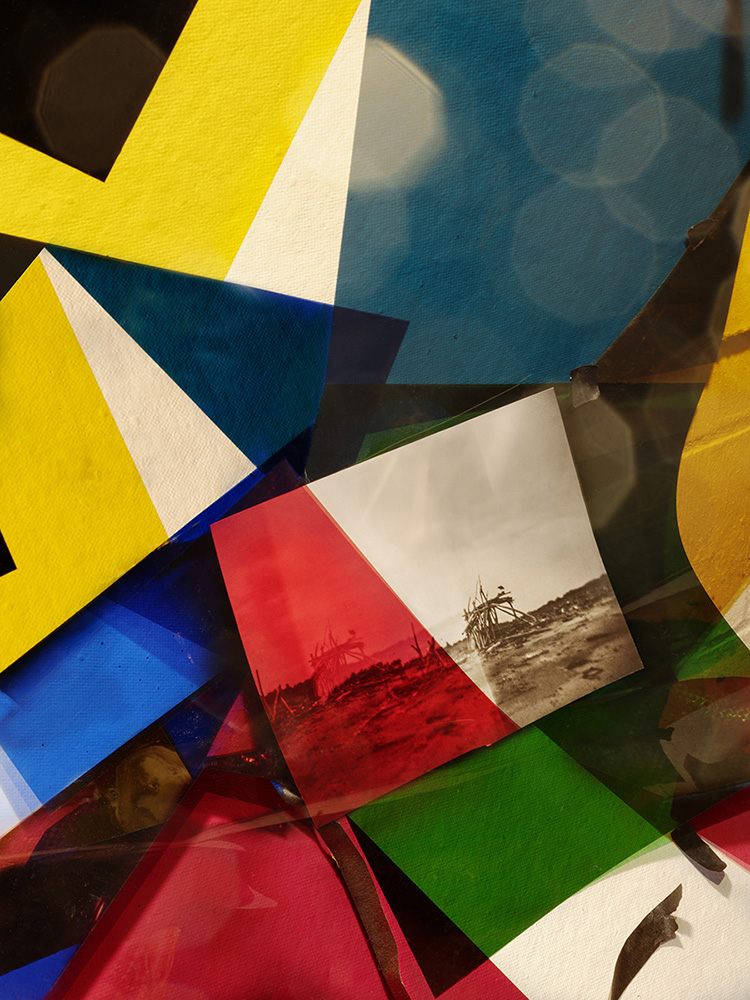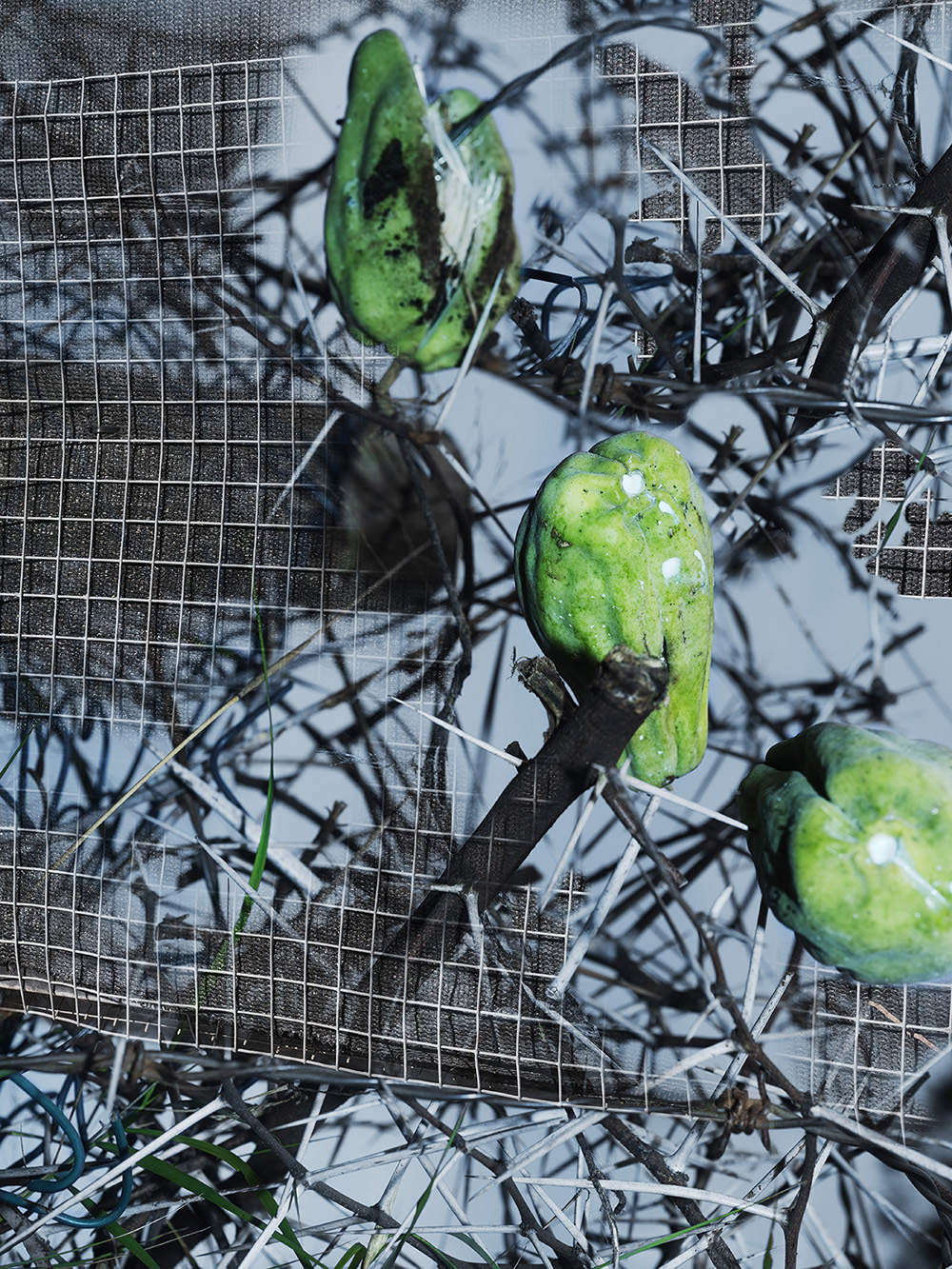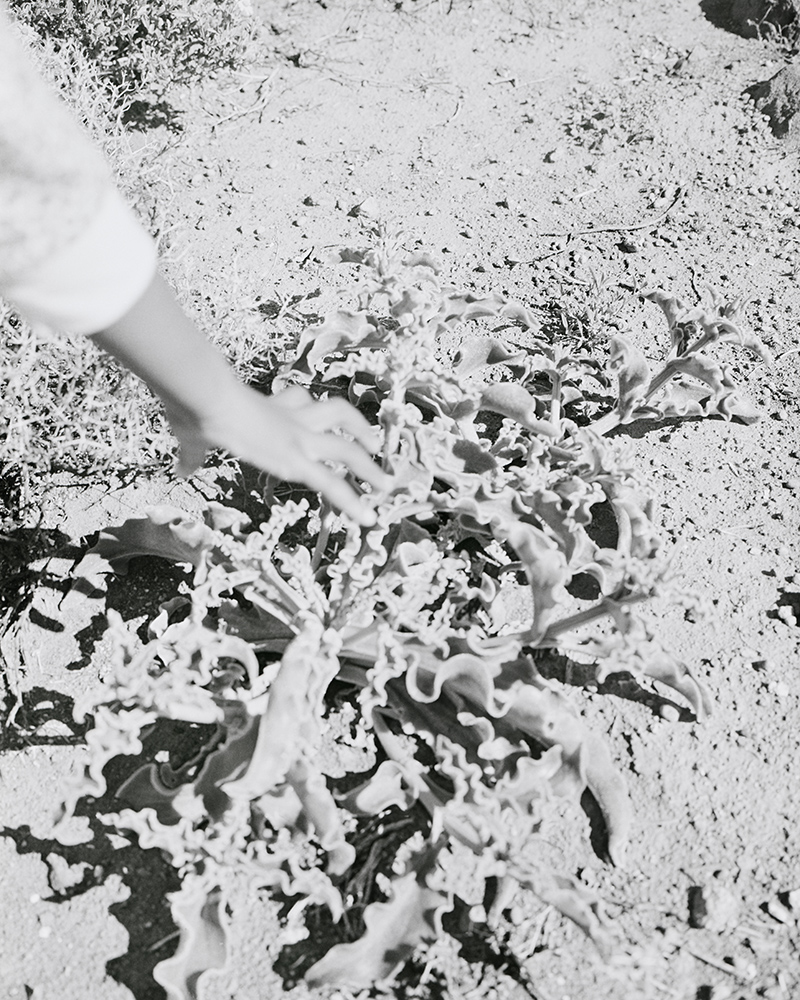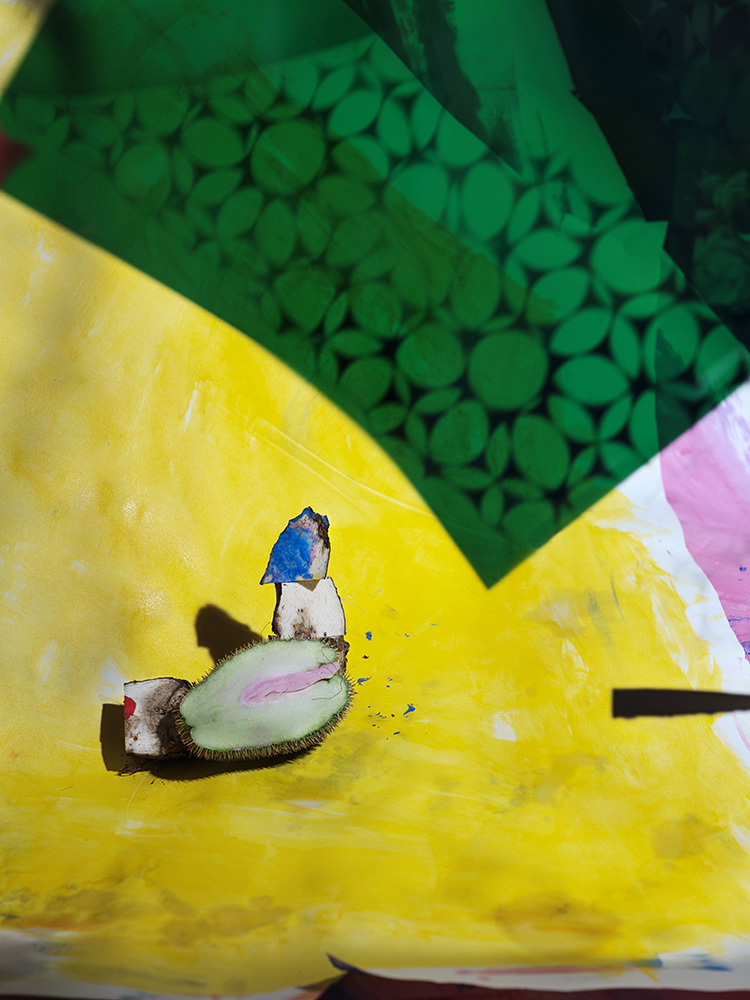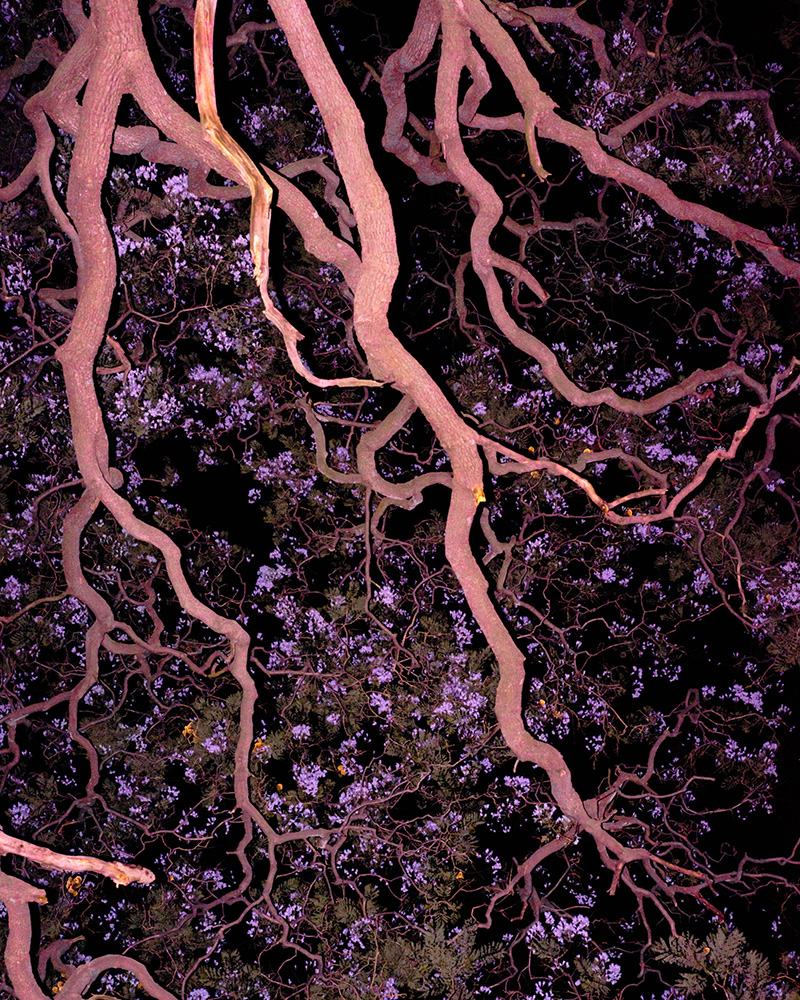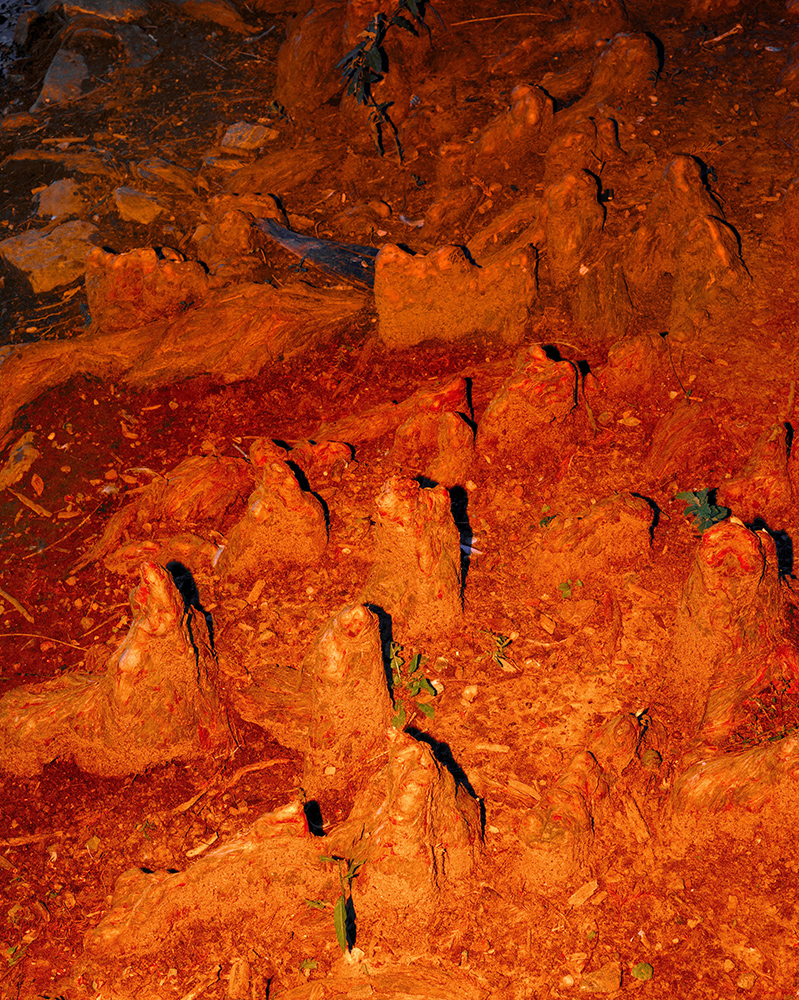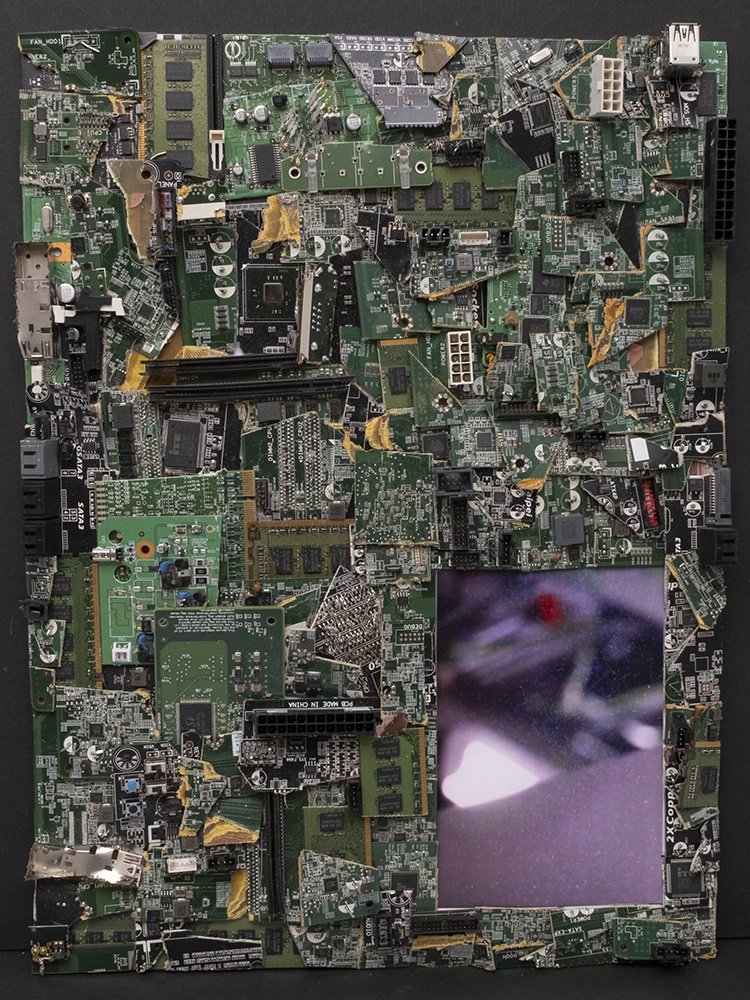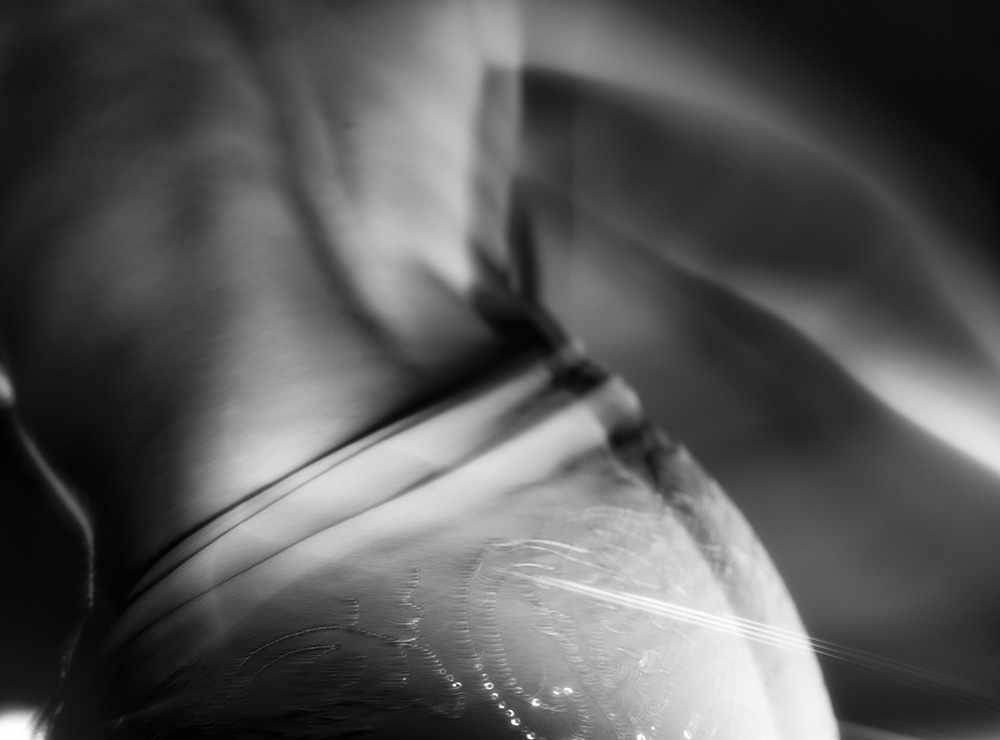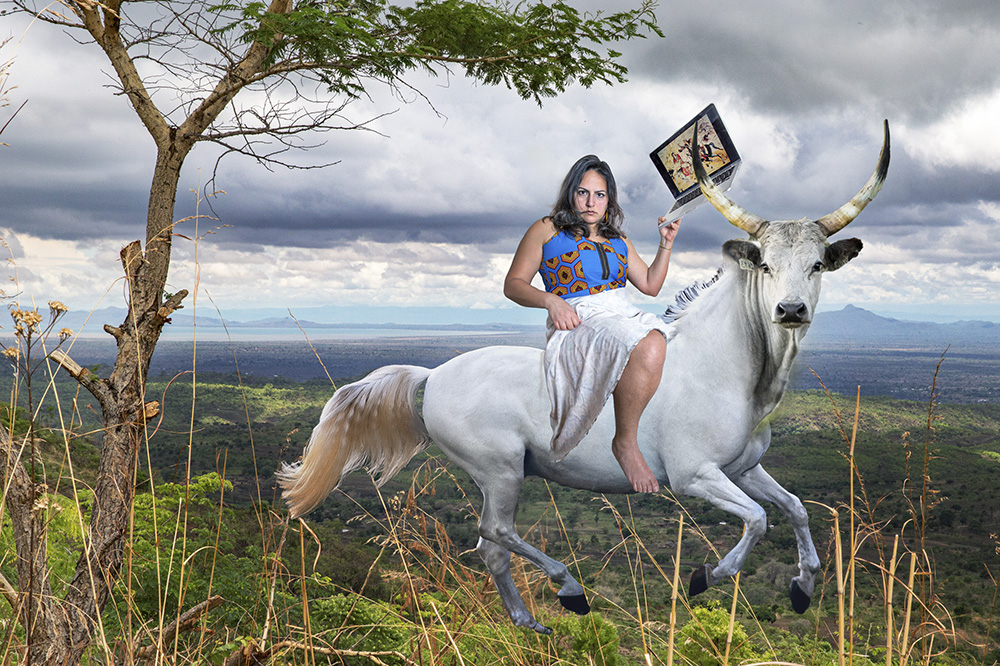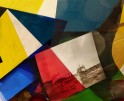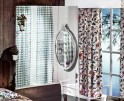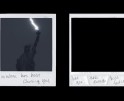Photography Educator: Juan Orrantia
Photography Educator is a monthly series on Lenscratch. Once a month, we celebrate a dedicated photography teacher by sharing their insights, strategies and excellence in inspiring students of all ages. These educators play a transformative role in student development, acting as mentors and guides who create environments where students feel valued and supported, fostering confidence and resilience.
For December I am very pleased to present the work of artist and educator Juan Orrantia. Although I have not yet had the opportunity to meet Juan in person, he comes highly recommended as an educator deeply dedicated to guiding students in the development of their individual artistic practices. As reflected in this article—through his own imagery, his students’ work and statements, and my interview with him—Juan demonstrates a profound honesty and commitment to photography that informs every aspect of his practice. It is not surprising that his students produce work of such complexity and insight.
As a visual artist I think of my approach as pulling threads from a ball of yarn, where autobiography is entangled with conditions of dislocation, postcoloniality and representation. My understanding of the medium of photography is rooted in postcolonial contexts and personal experiences at the interplay of historical residues and presences, aesthetic narratives, political discourse, and the banality of everyday life. At the heart of my practice is an anxiety with finding ways of unsettling cultural and technological experiences of looking and being seen. Through a recognition of dislocation as a form of refusal of prescribed ways of seeing I work with color, appropriation, recomposition and the photobook to reassemble images and their associated meanings by embracing ambiguity, uncertainty and vulnerability.
ES: How and why did you get into teaching?
JO: I come from an academic background/training, so teaching always seemed a possibility. But it was after meeting photographer Jo Ractliffe who then became a mentor, and she invited me to teach a class with her at the Wits School of Arts (Johannesburg), that I saw the real possibilities of teaching. Seeing students respond to their environments and lives through photography was crucial to my understanding of artistic practice. Mind you, this was in Johannesburg, a vibrant city that became my home for many, many years, and so, seeing students move in and out of the classroom, navigating the complexities of such a city and its history, and seeing them make art from that space and context was a very big eye opening for me to understand and appreciate the potential of interacting with young artists in the academic setting. I also participated with and taught at the Market Photo Workshop, an amazing institution initially created by the late David Goldblatt, where through teaching, critiques, exhibitions, events and friendships I was taught so much about South Africa and photography beyond its traditional centers. From these interactions and experiences I learned a lot about making and thinking art and photography beyond and in relation to the confines of Euro-American circles, of connections and flows with histories in the making. And that is something I want to instill in young artists, and the classroom is a great space for that.
I also had amazing mentors, teachers and crossed paths with many educators along the way of this journey, and in my own training at Hartford’s MFA program where people shared so much with me. That was also a big incentive to following this path.
ES: What is the most meaningful part of your job?
JO: Crits… I love crits, they are such an important aspect of art practice and education. It is such a great space to try out your ideas, to be challenged, to force yourself to ask and be asked difficult questions of what you are doing, of the work and the process, of the ideas that cross and nourish it. It is such a privilege to have that space of dialogue that despite one ending exhausted, is so rewarding. I honestly think back to some of the best moments in my own trajectory, and not all necessary “good” ones, but critique is such a great space to interact, to listen, to react, to feel the work. I also really like the one on one’s with students, the dialogue that arises when students push back and forth, it is really nice to see students “struggle” (and I mean this in a nice way), because it means we are thinking, trying new things, exploring and pushing boundaries and comfort zones. And in so doing, cliched as it may sound, they push me to do the same.
ES: Has your personal work been affected by your teaching experience? How?
JO: I’ve had the amazing opportunity of teaching at various levels in different countries and institutions, from Fine Art departments to centers for photography, etc. All of the students I have crossed paths with in one way or another have always kept me on my toes, whether for purely “artistic” reasons, pedagogical surprises and lessons, seeing first-hand the movements between the classroom and real life, reminding me of many things that one can easily forget. And all that feeds back into the making, in my own thinking and development of my practice.
There are also teaching opportunities to explore topics or things I am interested in. My practice has been quite centered around the photobook, collage, reassemblage and color. And each of these “topics” has become a course I have taught, or issues around which I teach, which is a great opportunity to test ideas, research them, develop them.
It also is a really important way to keep oneself updated, in touch with many things, learning new references, approaches, hearing diverting view points on works, meeting people, etc.
ES: How do you connect with your students? How do you help your students tap into curiosity and the creative process?
JO: I am very fond of asking my students to question themselves through their work. To be critical, and to ask and be asked uncomfortable questions with good intentions. I really ask them to learn to listen to their images, something that took me a long time and from which I learn so much. I am also quite direct, which can go both ways, but I like to be honest of who I am….not the “teacher”, but who I am as a person, and that comes out in various ways. The connection might take a while, have hiccups, or simply not happen, but to me, the space of interaction is through honesty, through real dialogues that move in and through the work, that extend from and through the pictures, and that is where for me a lot of this art education thing happens.
ES: How and where do you find inspiration?
JO: In life and its problems, in banal things and situations that carry so much of the complexity of the world we live in, of the histories that touch and shape us, and with those that we should feel uncomfortable with and be able to respond to. It all starts for me in spaces of (self)reflection, of vulnerability and criticality. I also get “inspired” by the problems of the photographic medium because it is part of many complicated and problematic histories and narratives that I want torespond to, but still, I strive to do it through the medium’s own possibilities.
ES: What are some challenges you face as a teacher in the arts?
JO: I think at the current moment there are many! Academic structures are problematic, full of exclusions and forms of displacement. Navigating these is tough, and one does have to struggle with the implications of long histories of dominating narratives and forms of control. Also, sometimes I feel that “teaching” to be critical is hard, to be self-reflexive is hard, especially in the arts where we are told a lot is about “me”. In that sense, a challenge, but one that I like to take on, is to work with young artists through the complexities of the medium, of the problematic histories that photography carries, entails, and continues to reproduce in relation to who they are in the world. When you see snippets of this coming alive through the work, it makes me happy.

©Juan Orrantia, From, JSM –Juan sin Miedo, limited edition risograph book, printed and published in collaboration with Dreampress (South Africa, 2023)

©Juan Orrantia, From, JSM –Juan sin Miedo, limited edition risograph book, printed and published in collaboration with Dreampress (South Africa, 2023)
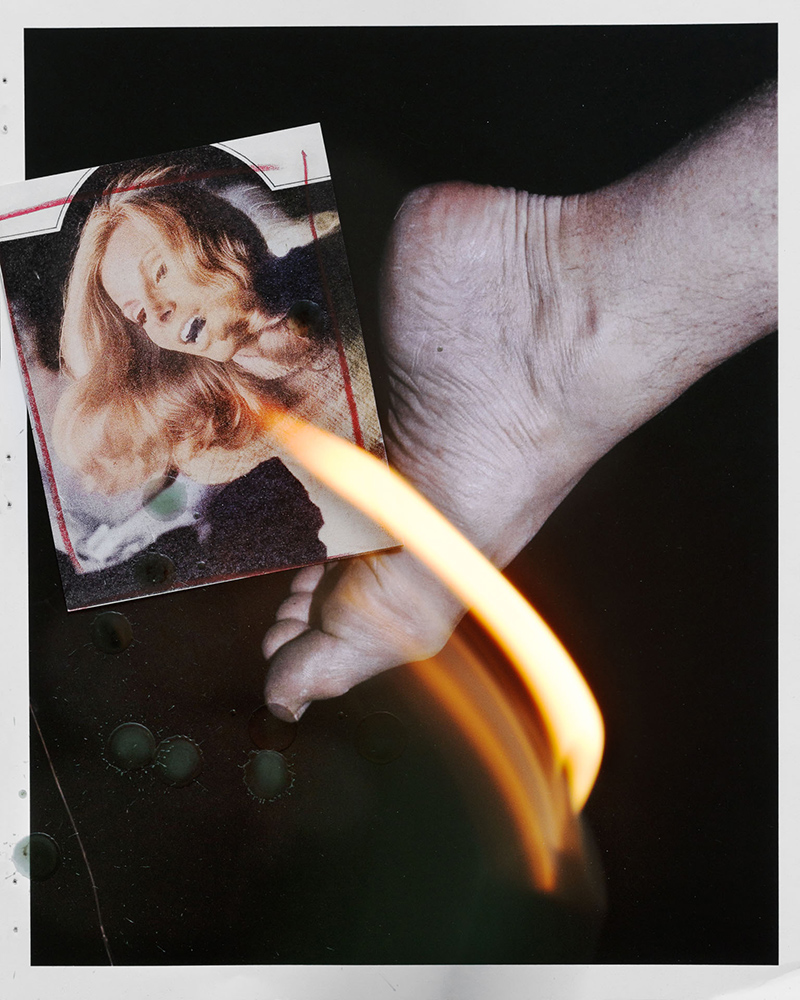
©Juan Orrantia, From, JSM –Juan sin Miedo, limited edition risograph book, printed and published in collaboration with Dreampress (South Africa, 2023)
Student Work
Cheriese Dilrajh (Wits School of Art-Johannesburg, BFA 2018) Juan taught us how to think critically and closely about our practices through an array of lenses, which I really appreciated as a multi-disciplinary artist. He taught me a lot about thinking multi-directionally: for example, how a film would read in conversation with a text, to think across borders and contexts, to think critically about what we were doing – and the worlds that are brought to life by these texts, films and works of art. Instagram: @cheriese_
Joe Cuccio (RIT, MFA 2024) Juan has steadily been a person who pushes his students to see beyond the simple aesthetics of photographs. It was Juan’s questions and honest feedback that pushed me to think beyond the act of photographing.
Website: www.joecucciophotography.com
Chinenye Ozowalu (RIT, BFA, 2026) Juan Orrantia was my first photography professor and he opened up worlds of study and self-realization. He has created space for me and truly sees me for who I am while pushing me to explore what I can become. His focus, deep care and wonderful humor sets him apart and I am forever grateful to experience life and art with him. Instagram: @chinenye.ozowalu
Zahra Babaei (MFA, 2025, RIT) It was Professor Juan Orrantia who taught me how to be a committed photographer through theory and practice. His teaching was not just translating what you want to say into forms but letting the intelligence of the work of art guide you towards shaping a language. He taught us how visual thinking can be a form of reasoning outside of the boundaries of words and interpretive possibilities of art outside of theory. Instagram: @zeebabaei
Nava Derakhshani (ICP-2022) Juan offered a much-needed and welcome viewpoint on photography from a critical color lens. His Colombian background and his time in South Africa clearly speak to the political nuances that he brings into his teaching, and the impact that these have historically had on photography and aesthetics. Instagram: @navaderakhshani
About Juan
Juan Orrantia is a Colombian photographer who spent much of his adult life in South Africa. Rooted in experiences of dislocation and postcoloniality, his practice engages the unequal histories of looking and being seen through color, appropriation, intervention, and the photobook form. Juan’s first book “Like Stains of Red Dirt” (Dalpine 2020) was winner of the Fiebre Dummy Award. He has also published “A Machete Pelao” (Cdf 2022), winner of the Fotolibro Latinoamericano Centro de Fotografia de Montevideo, and “O”, a companion to A Machete–as part of AñZ-Fotografia Expandida en Latinoamérica (Raya editorial, 2024). His books are included in collections like MoMA (NY and SF), the Smithsonian Museum of African Art Library, and the Wits Museum of Art. Having exhibited at Silver Eye, Bamako Biennale, Art Photo Barcelona, Centro de la Imagen Mexico City, reviews of his work appear in Aperture, Nearest Truth, BJP, Africa is a Country among others. He is Assistant Professor of Fine Art Photography at the Rochester Institute of Technology and holds an MFA in Photography from Hartford Art School and a PhD in Anthropology.
Website: www.juanorrantia.com
Instagram: @orrantia_juan
Work Currently on View: A selection of ongoing work titled The Wretch Garden is currently on show at Silver Eye Center for Photography, PA, as part of Radial Survey vol 4 biennale exhibition.
Posts on Lenscratch may not be reproduced without the permission of the Lenscratch staff and the photographer.
Recommended
-
Photography Educator: Juan OrrantiaDecember 19th, 2025
-
Bill Armstrong: All A Blur: Photographs from the Infinity SeriesNovember 17th, 2025
-
Rebecca Sexton Larson: The PorchApril 28th, 2025
-
Matthew Cronin: DwellingApril 9th, 2025
-
Melissa Grace Kreider: i will bite the hand that feedsSeptember 25th, 2024

